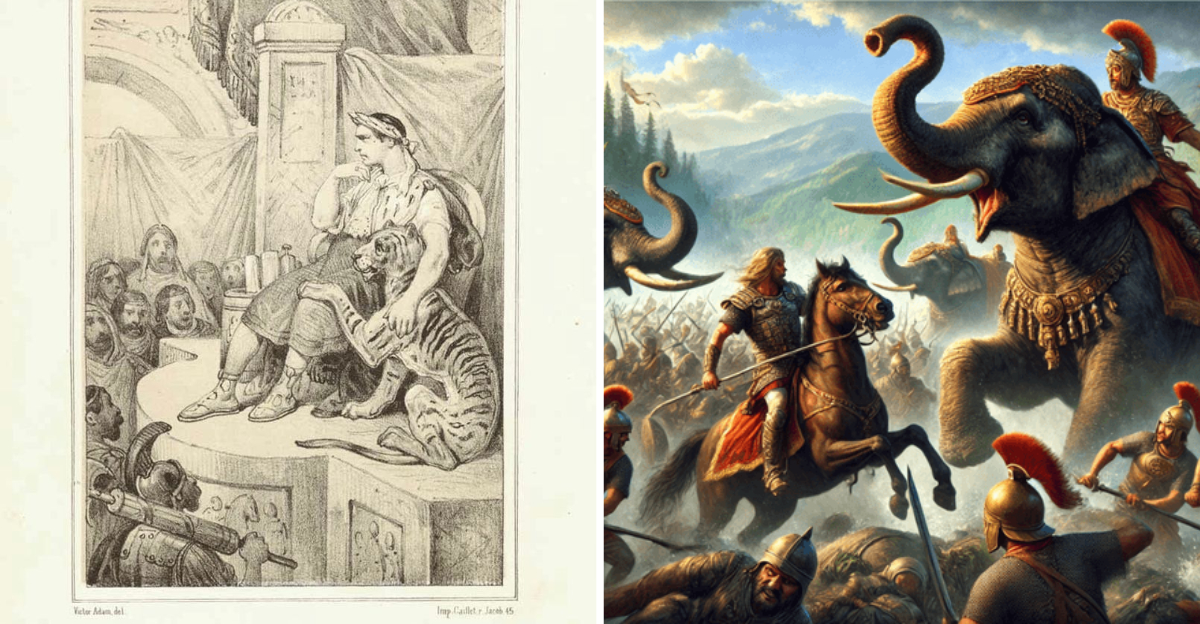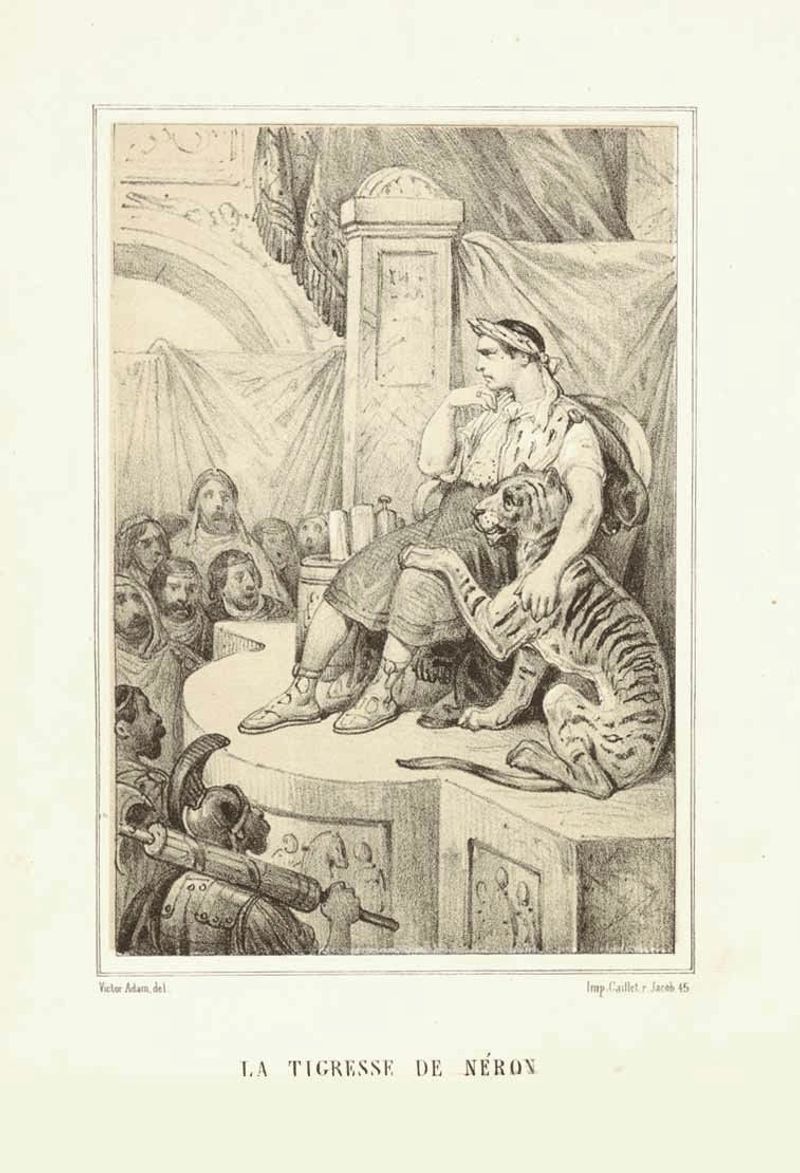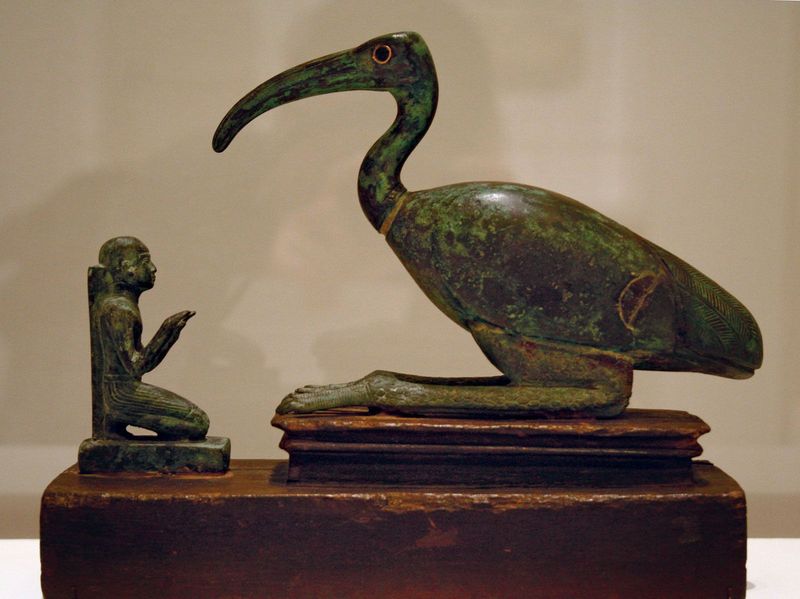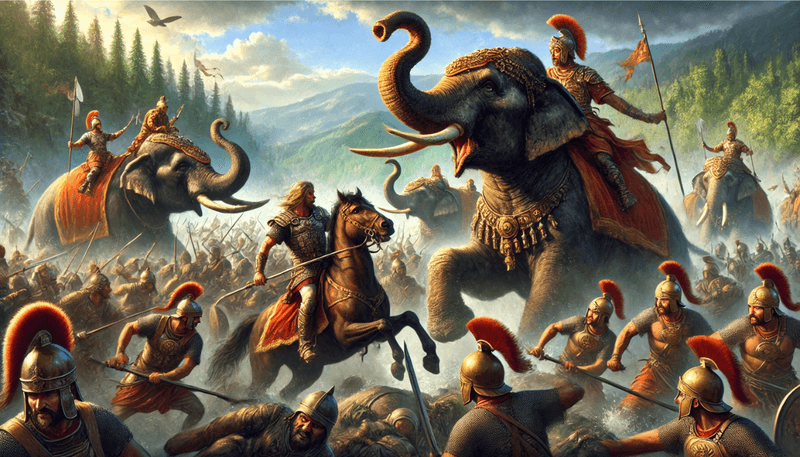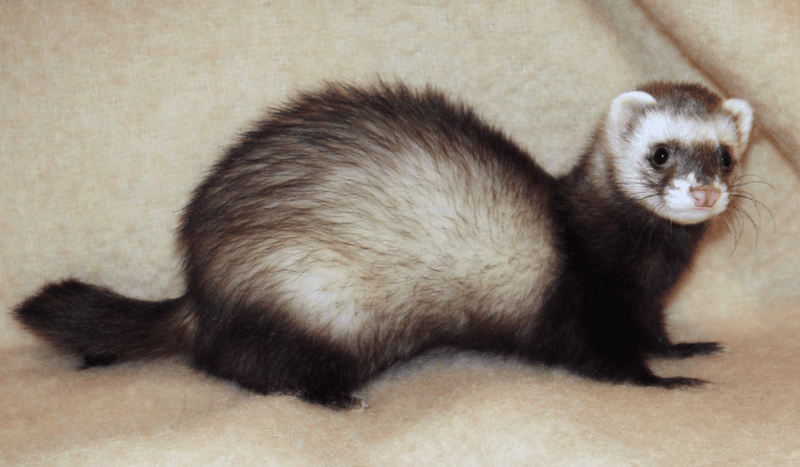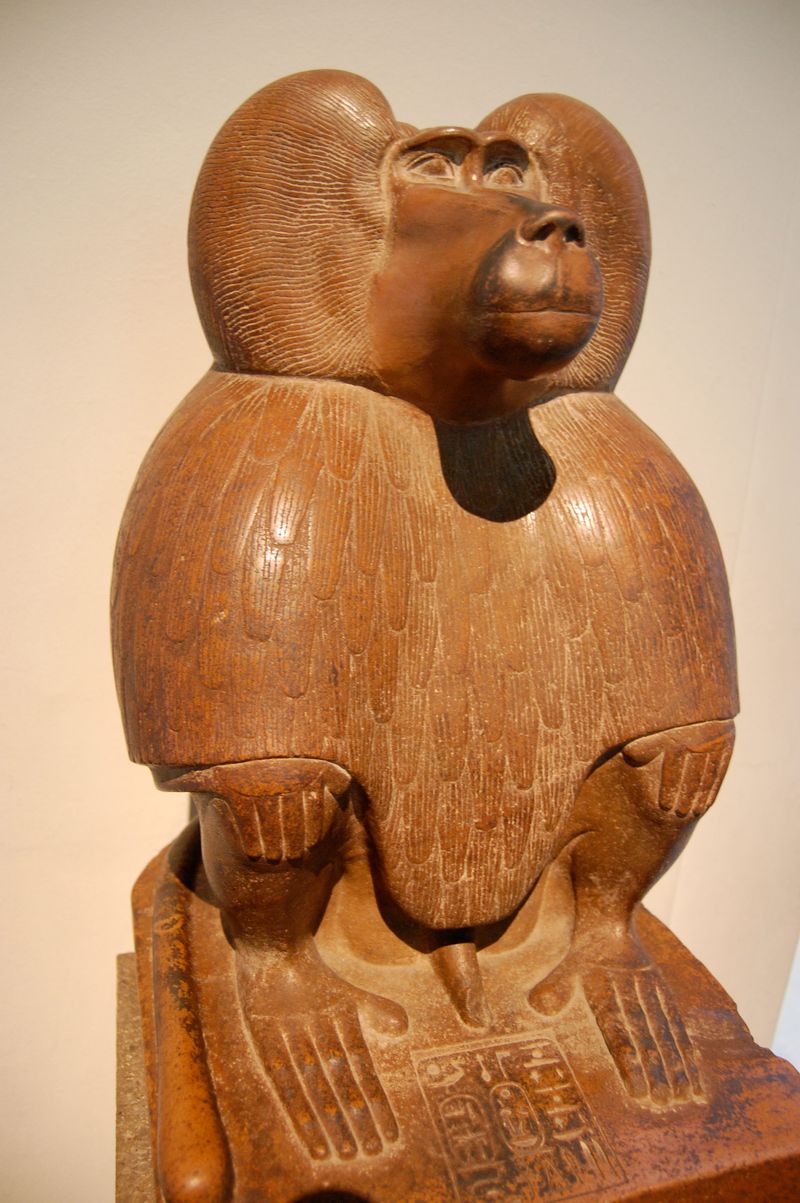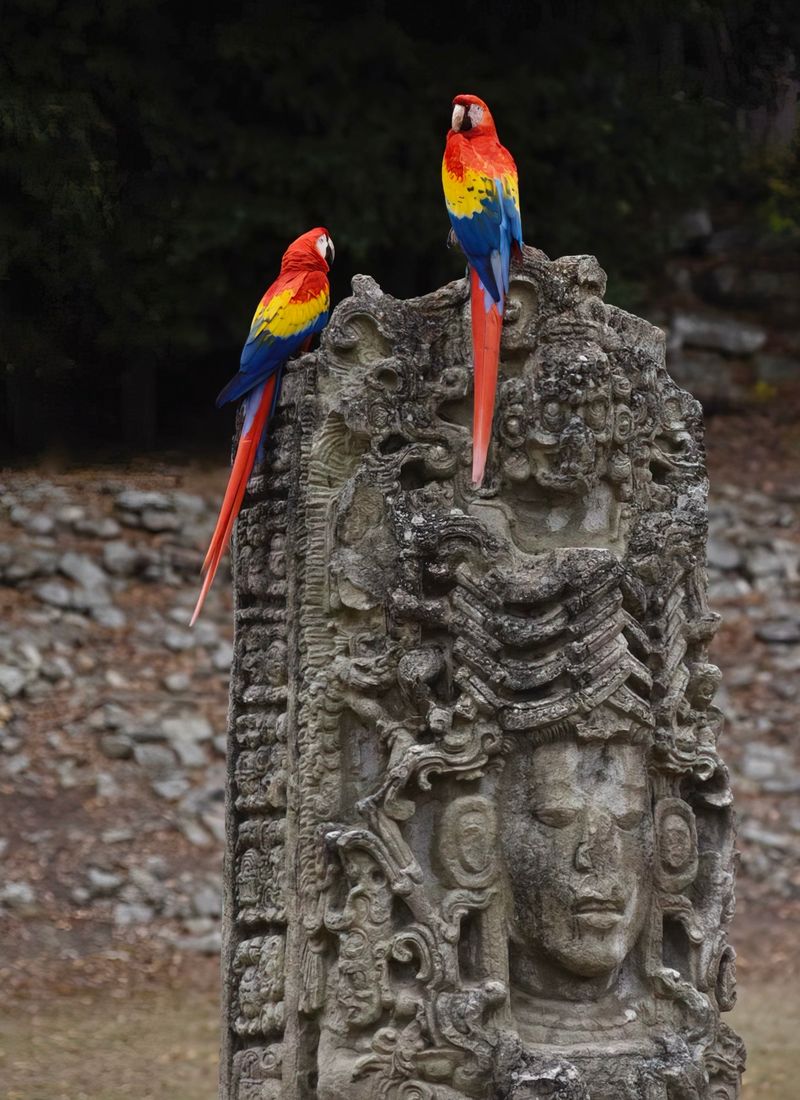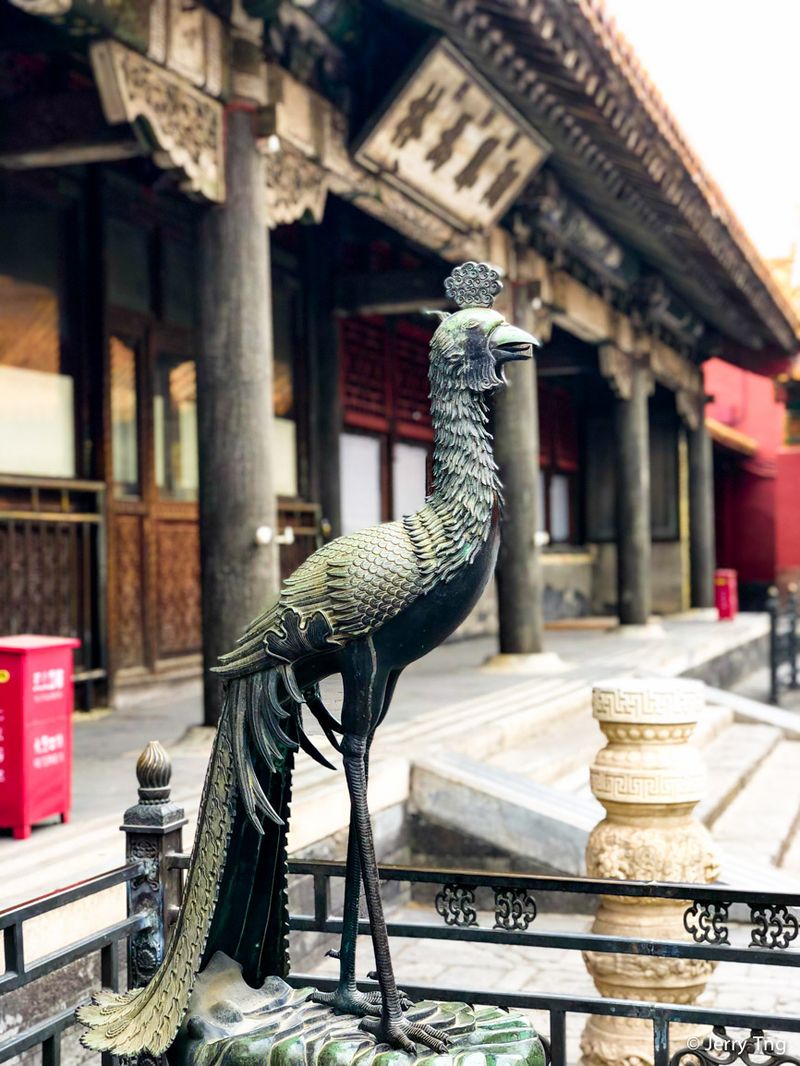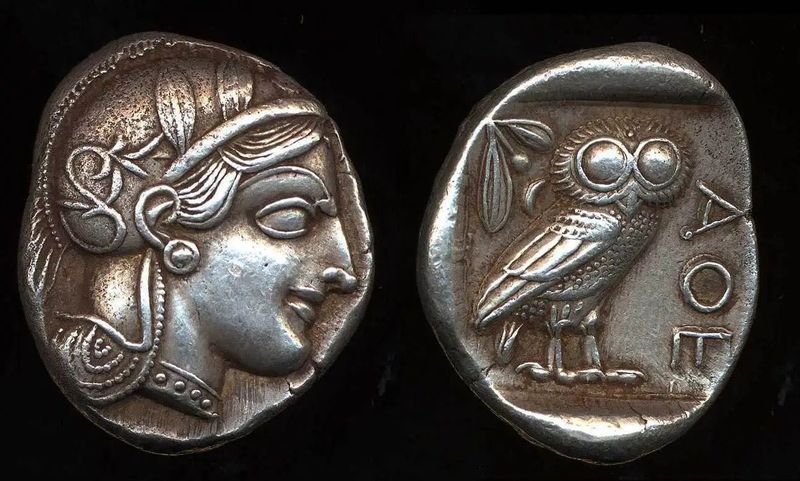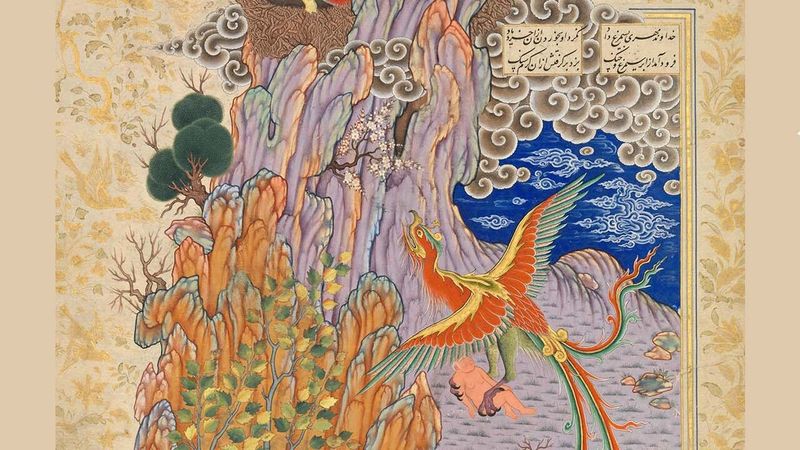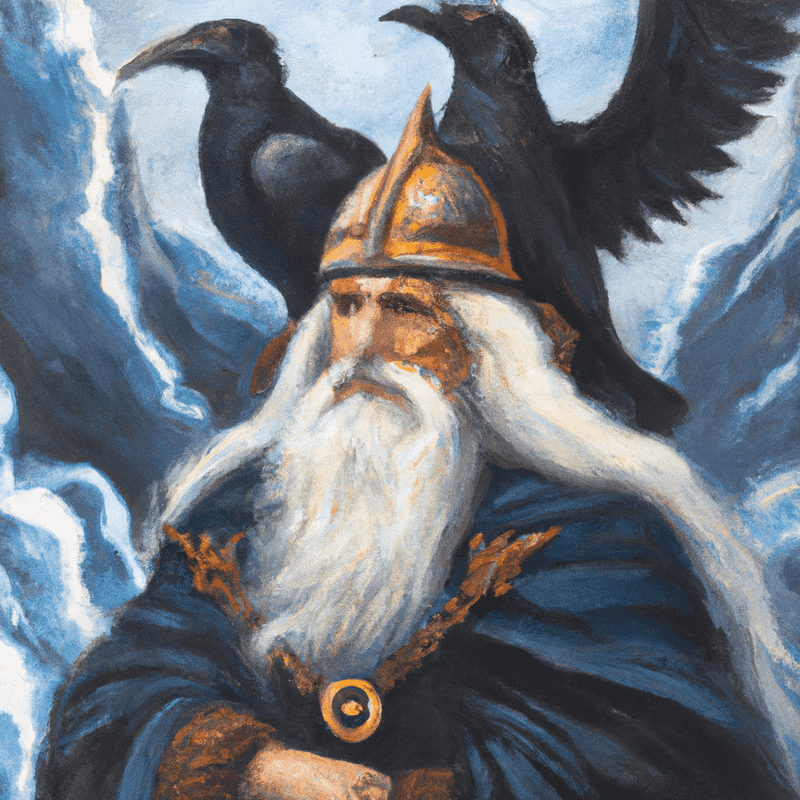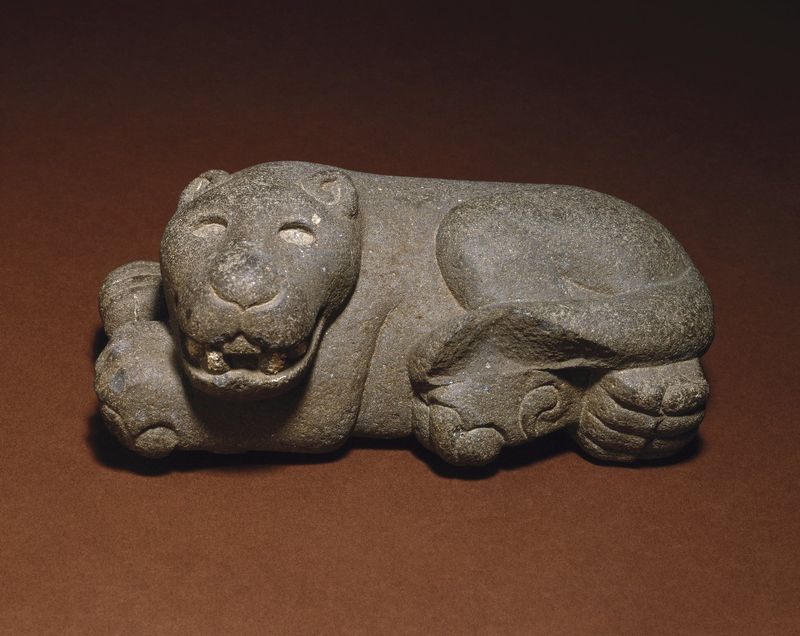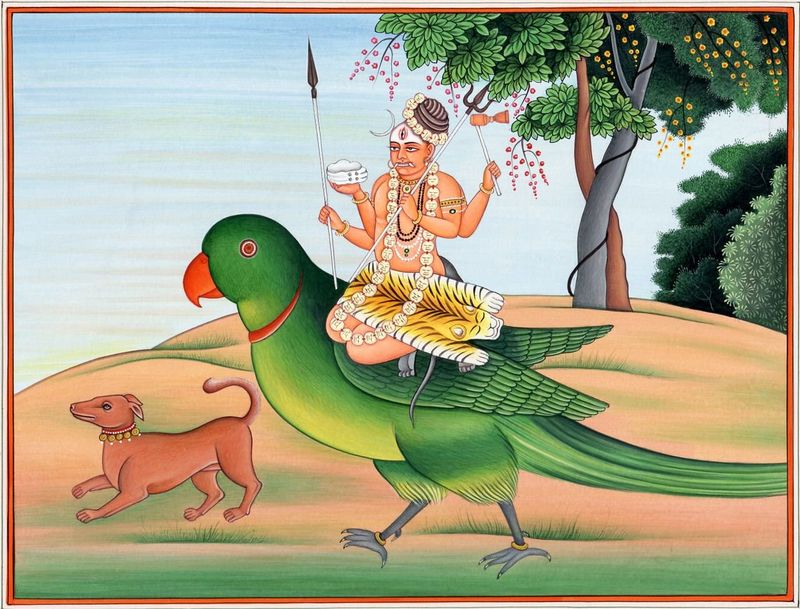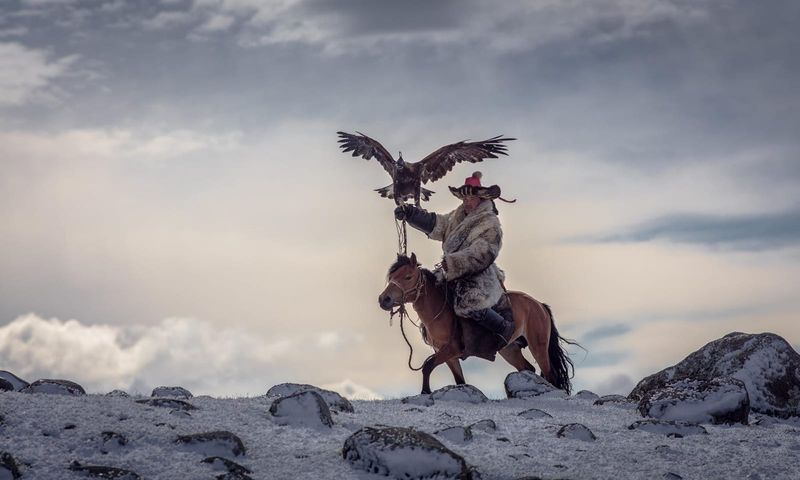Explore the fascinating world of unusual ancient pets. From the exotic animals that roamed the palaces of emperors to mystical creatures kept by sages, this list unveils some of the most intriguing companions of the past. Each pet comes with its own unique story, shedding light on the customs and wonders of ancient civilizations. Whether you are a history enthusiast or simply curious about the past, these stories promise to captivate your imagination.
Nero’s Tigress
Emperor Nero, known for his extravagant lifestyle, kept a tigress as one of his beloved pets. This majestic creature roamed the halls of Nero’s palace, a symbol of his power and wealth. The tigress was treated with great care, receiving the finest food and attention.
In ancient Rome, exotic animals were a sign of prestige, and Nero’s tigress was no exception. Visitors to the palace were often mesmerized by the grace and beauty of this magnificent animal. However, the tigress also served a darker purpose, participating in brutal games in the Colosseum.
Cleopatra’s Sacred Ibis
Queen Cleopatra of Egypt adored her sacred ibis, a bird often associated with Thoth, the god of wisdom. This bird was not just a pet but a spiritual companion, believed to bring insight and knowledge.
The sacred ibis played an integral role in Cleopatra’s daily life, accompanying her during important ceremonies and rituals. Its presence was a reminder of the divine connection between the queen and the gods.
In ancient Egypt, such animals were revered, and Cleopatra’s ibis symbolized her wisdom and divine favor, enhancing her regal presence.
Alexander’s War Elephant
Alexander the Great, renowned for his military conquests, had a war elephant that accompanied him in battle. This majestic beast, adorned with decorative armor, was not just a tool of war but a loyal companion.
The elephant’s sheer size and strength made it an intimidating presence, often turning the tide of battle in Alexander’s favor. Its intelligence and loyalty were unmatched, forming a bond with the great leader.
In ancient times, elephants were symbols of power, and Alexander’s war elephant was a testament to his strategic prowess and dominance.
Roman Soldier’s Ferret
Roman soldiers, known for their discipline and order, sometimes kept ferrets as pets. These small, curious creatures were more than mere companions; they were useful in controlling pests.
The ferret’s agility and keen sense of smell made it an effective hunter, helping soldiers keep their camps clean and free from rodents. Its playful nature provided moments of joy amid the harsh realities of military life.
In bustling Roman markets, ferrets were common sights, scurrying about, much to the delight of onlookers. They were symbols of resourcefulness and adaptability.
Pharaoh’s Baboon
In ancient Egypt, Pharaohs often kept baboons as pets, symbolizing wisdom and power. These intelligent creatures were adored for their playful yet dignified behavior.
The baboon, adorned with golden jewelry, was a favorite of the Pharaoh, often seen by his side during official ceremonies. Its presence added an exotic charm to the royal court, attracting admiration and awe.
Beyond mere companionship, the baboon served as a symbol of the Pharaoh’s divine connection, representing Thoth, the god of wisdom. Its loyalty and intelligence made it a treasured member of the royal household.
Mayan Royal Macaw
The Mayans, known for their rich culture and art, cherished macaws as royal pets. These vibrant birds were symbols of beauty and status, often seen perched on the shoulders of nobility.
Macaws played a significant role in Mayan rituals, their colorful feathers used in ceremonial attire and art. Their presence was considered auspicious, believed to bring prosperity and good fortune.
In the lush jungles of Central America, these birds added to the splendor of the Mayan courts, symbolizing the connection between humanity and nature. Their grace and beauty were celebrated in song and dance.
Chinese Empress’s Cranes
In ancient China, cranes symbolized longevity and peace. Chinese empresses often kept these graceful birds as pets, enjoying their elegant demeanor and captivating beauty.
The cranes were a constant presence in the serene gardens of the imperial palace, where they inspired poetry and art. Their delicate movements and soothing calls added tranquility to the empress’s life.
Revered for their elegance, cranes were seen as auspicious symbols, enhancing the empress’s aura of grace and wisdom. They were more than pets; they were companions in the empress’s pursuit of harmony and balance.
Greek Philosopher’s Owl
In ancient Greece, philosophers often kept owls as symbols of wisdom and knowledge. These nocturnal birds were revered for their keen insight and mysterious presence.
The owl, perched on the philosopher’s shoulder, was a constant companion during long nights of study and contemplation. Its presence was believed to inspire intellectual growth and clarity.
Surrounded by scrolls and books, the philosopher and his owl formed a picture of scholarly pursuit. The owl’s wisdom was seen as an extension of the philosopher’s own, a testament to the profound connection between human and nature.
Persian King’s Peacock
The Persian kings, known for their love of beauty and luxury, often kept peacocks as symbols of wealth and elegance. These birds, with their dazzling plumage, were more than mere pets; they were living works of art.
In the opulent gardens of the Persian palaces, peacocks roamed freely, captivating visitors with their grace and splendor. Their feathers were used in royal attire and decorations, adding to the grandeur of the court.
The peacock’s presence was a testament to the king’s appreciation for art and beauty, symbolizing prosperity and refinement.
Viking Explorer’s Raven
Vikings, known for their seafaring adventures, often kept ravens as companions. These intelligent birds were seen as omens, guiding explorers on their perilous journeys.
The raven, with its keen sense of direction, was a valued member of the Viking crew, helping navigate uncharted waters. Its presence on the ship was considered a sign of good fortune.
Perched on the explorer’s shoulder, the raven was a symbol of wisdom and insight, embodying the spirit of adventure and discovery. It was a loyal companion, sharing in the triumphs and challenges of the Viking voyages.
Aztec Noble’s Jaguar
In Aztec society, jaguars were revered as symbols of power and strength. Aztec nobles often kept these majestic creatures as status symbols and spiritual guides.
The jaguar, adorned with tribal markings, was a constant presence in the noble’s life, representing the connection between the physical and spiritual realms. Its agility and grace were admired, adding to the noble’s prestige.
In the vibrant cities of ancient Mexico, the jaguar was a symbol of the Aztec’s fierce and proud nature. Its presence in the noble’s household was both a privilege and a responsibility.
Indian Sage’s Parrot
In ancient India, sages often kept parrots as spiritual companions. These colorful birds were cherished for their ability to mimic human speech, believed to impart divine wisdom.
The parrot, perched on the sage’s shoulder, was a constant presence in the ashram, participating in meditation and rituals. Its lively chatter added a touch of vibrancy to the serene environment.
In the tranquil setting of the ashram, the parrot was more than a pet; it was a symbol of communication and understanding, bridging the gap between the sage and the divine.
Mongolian Nomad’s Falcon
Mongolian nomads, known for their deep connection with nature, often kept falcons as hunting companions. These fierce birds were symbols of freedom and prowess.
The falcon, perched on the nomad’s arm, was a skilled hunter, assisting in catching prey across the vast grasslands. Its speed and precision were unmatched, earning it a place of honor in the nomadic culture.
In the rugged landscapes of ancient Mongolia, the falcon was a symbol of the nomad’s resilience and strength. Its presence was a reminder of the bond between human and nature, a partnership built on trust and respect.
